Observing the Sun to Learn About the Planets
- By Alexe Helmke
- July 2, 2012
- 1 Comment
We have had three rare celestial events in succession – an annular
solar eclipse on May 20 (May 21 in the Eastern Hemisphere), a partial
lunar eclipse on June 4, and a Transit of Venus on June 5/6.
The first image here is a composite image of several stages of the annular solar eclipse taken from New Mexico. The second is a lucky shot of the Venus transit caught in a thin strip between clouds.
Of these, the Transit of Venus is not visually spectacular – when Venus moves in front of the disk of the Sun as seen from the Earth, it only casts a small shadow, and the shadow is not all that impressive even in images taken with a properly equipped camera (staring directly at the Sun can be damaging to your eyes and to your cameras!) However, the transit probably was the most important event of the three, historically speaking. This is because the observations of transits of Venus are very rare and in the past they were used to establish the scale of the solar system.
But why are they so rare? If you think of a typical illustration of the Solar system, every planet is depicted as moving in the same plane, as in the image below. It takes the Earth one year to orbit around the Sun, and Venus about 7.5 months. As a result, Venus overtakes the Earth on the inside every 19.5 months or so. Therefore, if the plane of the orbits of the Earth and of Venus are perfectly alined, there should be a transit of Venus every 19.5 months. In reality, the orbit of Venus is inclined by about 3.4 degrees relative to that of the Earth. As a result, Earth-bound observers see a transit only when Venus overtakes the Earth at just the right times of the year. There was one in 2004 and one this year; if you missed both, the next two are in December 2117 and December 2125.
That got us at Blueshift thinking – who was the first person (or first civilization) to realize that not all planets orbit in the exact same plane? Maybe there are readers out there who are into the history of astronomy and can tell us instantly, but it doesn’t seem to be discussed extensively, at least on the internet. One source we did find says it was Johannes Kepler. (But wasn’t it obvious that the Moon and the Sun are not on the same plane, which might have tipped off the geocentrists that not all “planets” share exactly the same plane?)
It appears clear, though, that Johannes Kepler was the first person to quantify the orbital tilts of Mercury and Venus accurately enough to predict future transits of both. Kepler was fortunate enough to inherit some very good data on planetary positions from Tycho Brahe (another astronomer famous for his extensive observations of the planets). Kepler based his model of the solar system off of the Copernican model which had the Sun at the center with the planets orbiting it in concentric circles. Kepler then made two important changes. First, he had the planets orbiting in ellipses, rather than circles. He also put each planet in its own plane, where the Copernican model had all planets on the same plane. Through an exhaustive process of trial and error, Kepler was able to postulate that the planes of the planets might not all line up and were instead tilted relative to one another.
Kepler is widely celebrated for his conceptual leap from circular orbits to elliptical orbits, and his laws of planetary motion. We think the realization that each planet orbit in its own plane is also an important leap. His determination of the inclinations of the orbits of Mercury and Venus, based on many observations by Tycho Brahe, led to the first credible observations of a transit of Mercury, and eventually enabled later astronomers to tie down the scale of the Solar system.
Not too many years after Kepler, Edmund Halley – an English astronomer (and mathematician, physicist, and meteorologist) – expanded upon Kepler’s ideas and figured that a transit of Venus could be used to determine the size of the solar system by using parallax. Parallax is the difference in apparent position of an object based on the position of the observer (Try it! If you place your thumb out at arms-length and blink your eyes back and forth, your thumb will not stay in the same place – this is the concept of parallax) It turns out that Mercury is too close to the sun to give a useful parallax, so Halley placed his hopes in Venus. His calculations suggested that by timing Venus’s transit from widely separated points on Earth, the astronomical unit (the distance from the Sun to Earth) could, using the clocks of the day, be measured to within one part in 500. Halley urged young astronomers to prepare for the next transit of Venus, “that sight which is by far the noblest astronomy affords”. He knew he would not live long enough to see it.
The transits of Venus in 1761 and 1769 were observed and timed by many and when all the results were analyzed, a value for the astronomical unit was calculated to be 153 million kilometers, plus or minus 1 million kilometers. This is not far off at all from the well understood value now of 149.6 million kilometers.
Several of us here at Goddard Space Flight Center did what we could to see the Venus transit. Since it was cloudy we were forced to attempt some indirect means. Many watched a local live feed of the transit and some also watched a live feed from Norway in order to see the apparent position different created by parallax (images below).


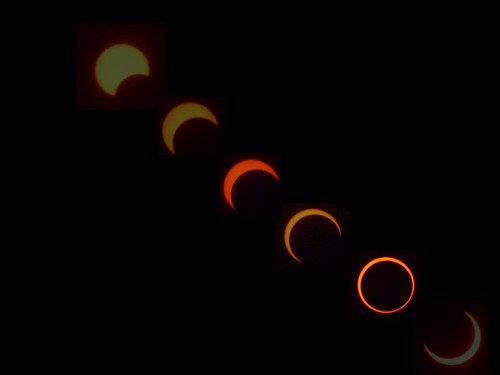
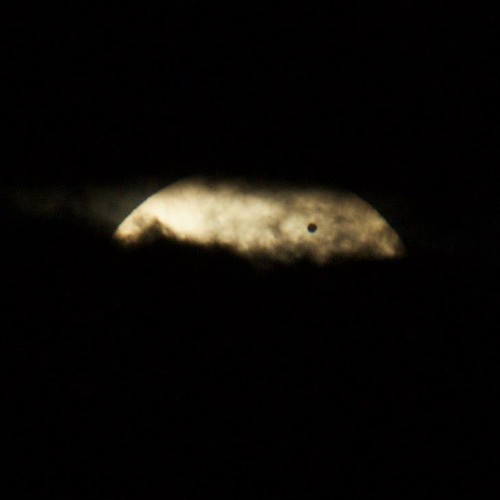
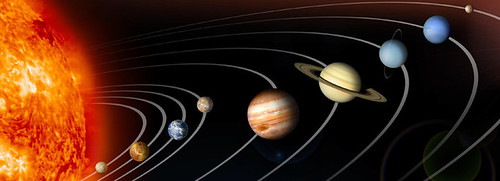
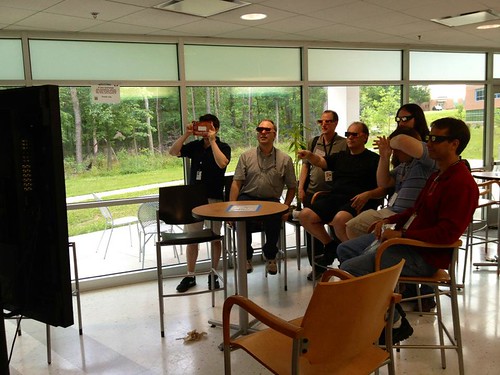
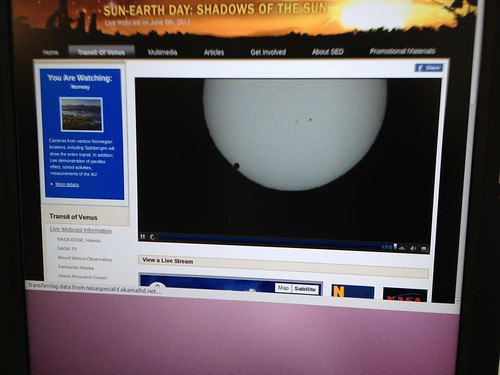

Hey Alexe,
I always wondered why the planets orbited around the Sun on the same plane as well. Really I think some of the outer planets like Pluto and even Neptune are not on the same plane, but anyways, thanks for the explanation!
It’s one of those questions I always had and never bothered to look into. But I’m glad I got it answered.
Regards,
Susan Dawson